Alrighty, so I got back from Madagascar just over a week ago, and I think it’s about time I got some photos out there. I want to tell the story though, to give you a picture of what I saw, what I was doing, and to give you an idea of the beauty of Madagascar as a country. For this reason, I’m going to divide up the story into several posts. So let’s let the story begin.
The People
The first thing you notice when you travel abroad is people. It’s not anything to do with being racist, it is merely an inherent fascination for different cultures and races, lifestyles and habits, mannerisms and behaviours. The Malagasy are a short people, I towered above them. Their heritage is dependent on the area within the country. In 2005, I was in the south and west of Madagascar, and the people there are very clearly of African descent, with extremely dark skin and a dialect that reflects this origin. In the north, there is a strong polynesian influence, though not as strong as in Antananarivo (Tana, the capitol city). The language here has also been influenced by both the people of the African and Polynesian origin. It is a fascinating mix of genetics that has resulted in some beautiful people, and a gorgeous language.
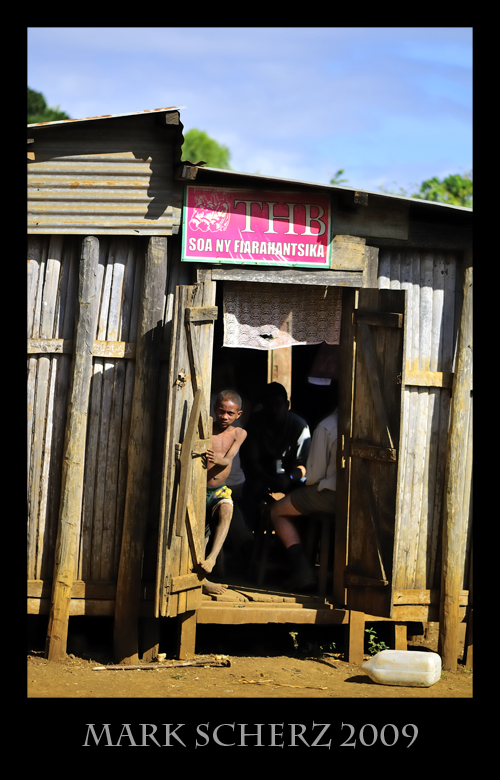
D300 + 105mm VR @ 1/1600s f/2.8
By far the most beautiful people in the country, and the ones who tell the stories, are the children. In the faces of the children you can see the hardships and the happiness that is so deeply embedded in the country. Nowhere else have I ever witnessed such glee at the sight of a camera. Of course, this exhuberance makes getting genuine photos of them difficult, but this job is actually made easier with an SLR, rather than more difficult as I had expected. They were more concerned with the small p&s cameras, allowing me to get off some snaps.
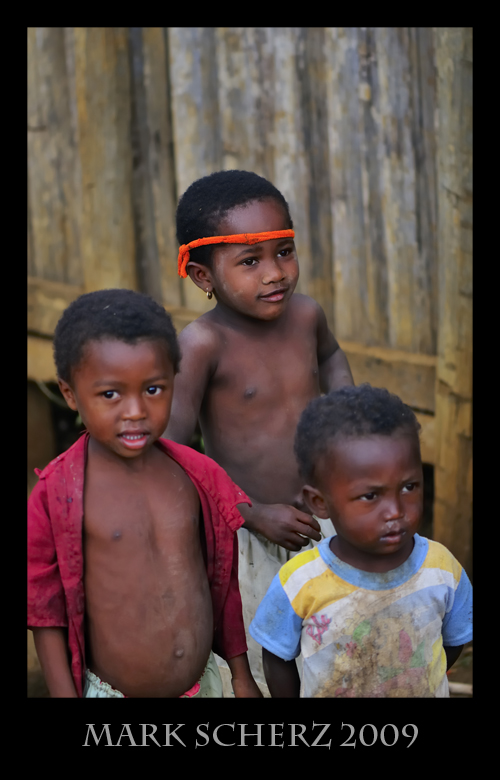
D300 + 105mm VR @ 1/400s f/2.8
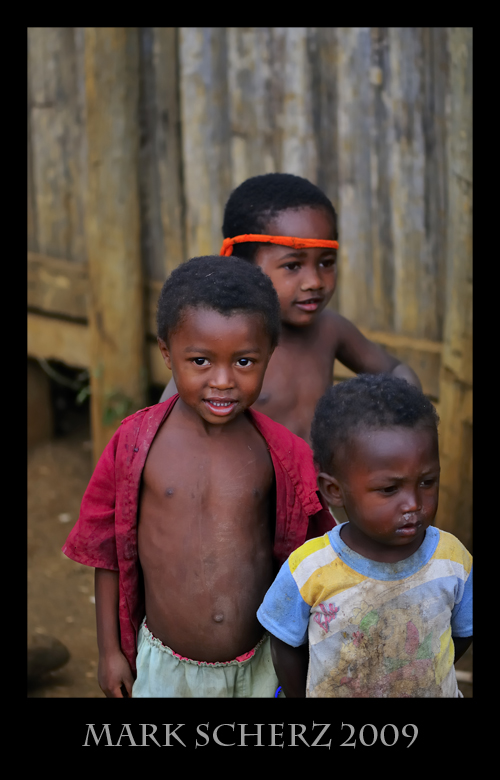
D300 + 105mm VR @ 1/400s f/2.8
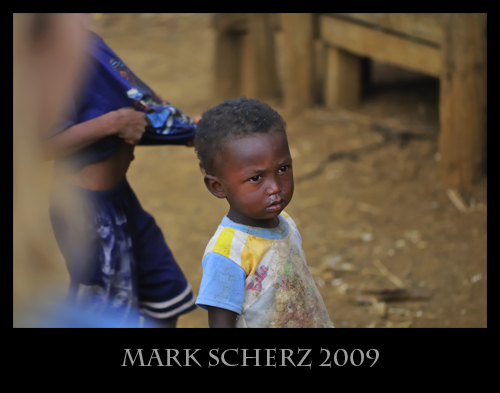
D300 + 105mm VR @ 1/500s f/2.8
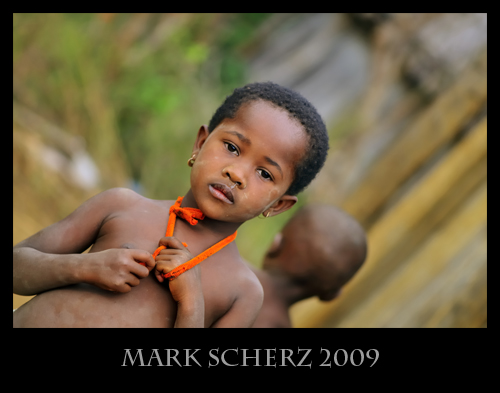
D300 + 105mm VR @ 1/200s f/2.8
This girl in particular struck me, and I am so glad I managed to take this picture. It is exactly how I had imagined it, caught during the momentary lapse in her attention toward the others with their point and shoot cameras. Her eyes are so striking, and the contrast of the orange band around her neck sets up the shot beautifully. I regret now not having asked somehow for release details from her or her mother, because this picture cannot be displayed in my portfolio in future. Oh well.
The primary means of transport throughout the less urban areas is zebu cart (after foot of course). These beasts are slow but powerful, and they seemed completely unphased by the weight of our loaded bags. You can see them anywhere in the country, pulling anything too heavy to be loaded onto heads.
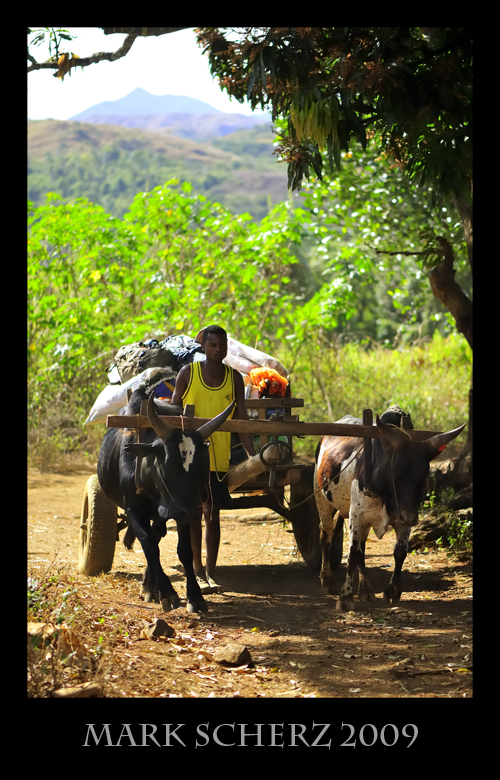
D300 + 105mm VR @ 1/1250s f/2.8
Of course, the primary method of long distance transport is the taxi brousse. The average brousse is meant to seat about 12-16 people. Typically, this number is nearer 30. In terms of practicality, the taxi brousse is unrivaled. In terms of comfort… well, I would have rather ridden a porcupine for three hours.
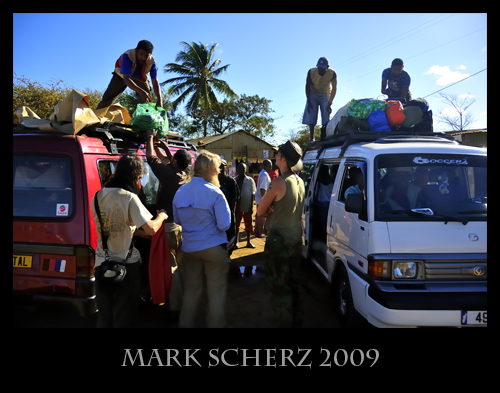
D300 + 18-200mm VR @ 1/1000s f/3.5

D300 + 18-200mm VR @ 1/1000s f/3.5
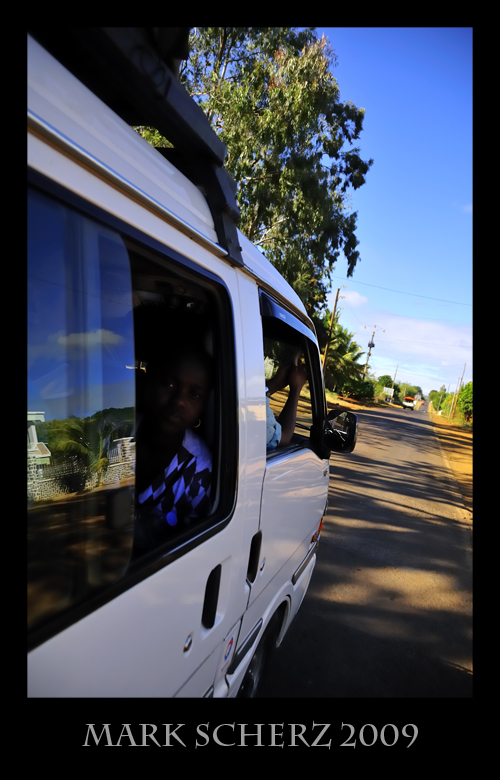
D300 + 18-200mm VR @ 1/800s f/3.5

D300 + 18-200mm VR @ 1/1600s f/3.5
Only from within a taxi brousse however are you really afforded a truly beautiful view of this gorgeous country and the way people live in it. (By the by, I need to work on my method for posting panoramas. At the moment, all pictures are five hundred pixels wide, so i apologise for the following image)
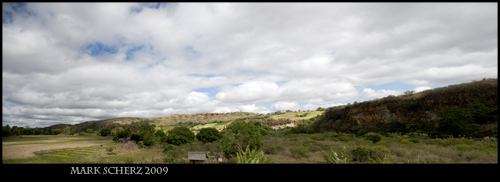
Panorama uploads need some work I think
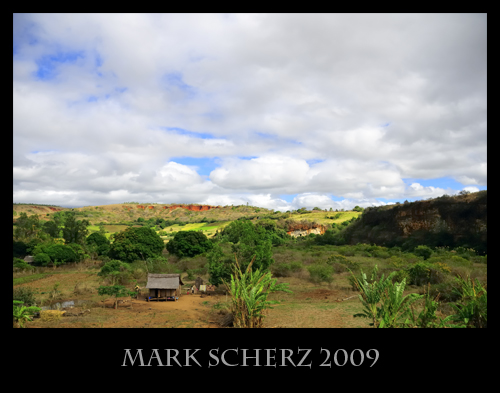
D300 + 18-200mm VR @ 1/1600s f/3.5
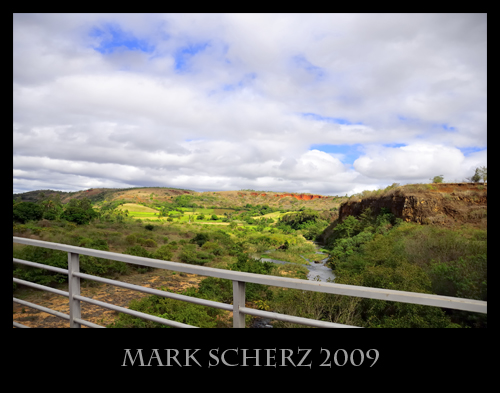
D300 + 18-200mm VR @ 1/1250s f/3.5
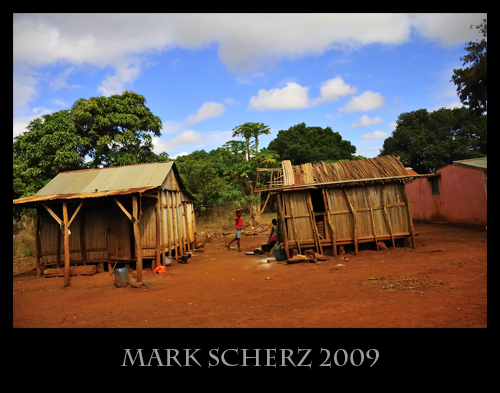
D300 + 18-200mm VR @ 1/1250s f/3.5
There is so much more to come, so hold on tight. End of part one.
Oh and I hope you like the change in picture format? Do tell if you don’t. Or if you do. Or whatever.


that picture of the girl is stunning – perfect shot!
Lovely stuff – thanks for sharing your adventure!
Beautiful images of people, places, fauna in Madagascar. A country I lived in for a while years ago and will never forget. Your travel brings back many happy memories. Thank you and Bravo 🙂